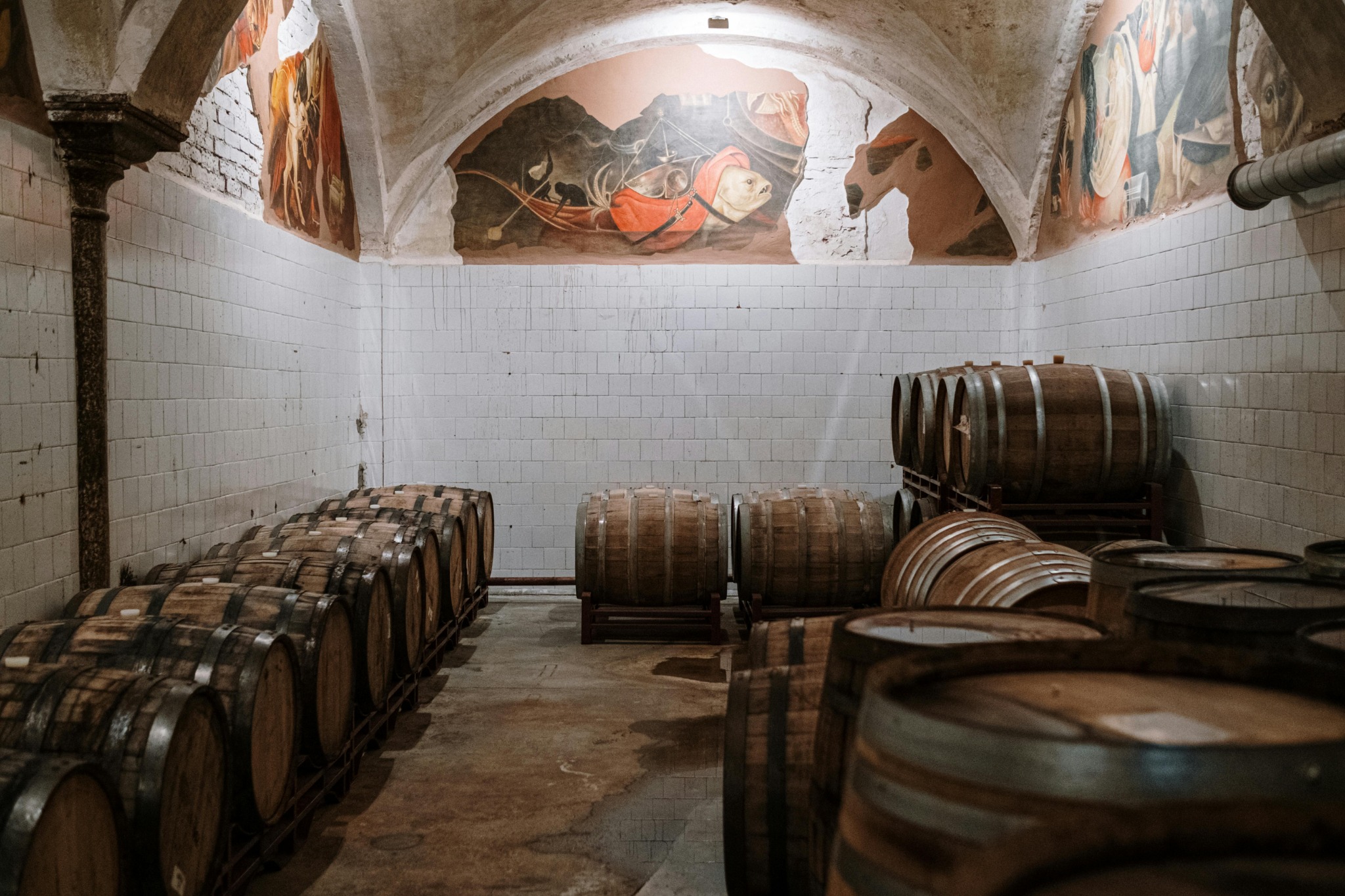
Revolutionizing Visual Content Experience at Scale
The Challenge: Outdated UI Screenshots Hindering User Experience
In the fast-paced world of software development, keeping product documentation up-to-date is a constant challenge. At AWS, we faced a significant hurdle: managing over 31K+ images in our documentation repository, with an estimated of over 70% being UI screenshots. Despite the high value customers placed on visual content, we lacked an efficient system to track and update these images.
Our user research and surveys indicated a growing frustration among customers encountering outdated screenshots, which hampered their ability to navigate and understand our products effectively. This disconnect between our rapidly evolving UI and static documentation was not only impacting user experience but also undermining the trust in our documentation.
The Vision: Automated, Always-Current Visual Documentation
To address this challenge, I conceptualized and ideated a 1-Pager Pitch called, the "Visual Vault" – an innovative system designed to revolutionize how we create, manage, and maintain UI screenshots in our documentation. The goal was to develop a mechanism that would:
- Programmatically capture UI screenshots of priority workflows
- Save these images to a central repository with standardized metadata
- Provide content producers with robust search and filter capabilities
- Automatically detect and notify writers of UI updates
- Facilitate an efficient review workflow for screenshot updates
Success for this project meant drastically reducing the time spent on manual screenshot capture and updates, ensuring near-real-time accuracy of visual content, and significantly enhancing the overall quality and relevance of our documentation.
My Role: Innovator and Project Architect
As the lead innovator on this project, I:
- Conducted extensive research to quantify the problem and its impact on user experience
- Conceptualized the entire Visual Vault system, outlining its core functionalities and potential future expansions
- Created a comprehensive project proposal, detailing the problem, solution, and expected outcomes
- Collaborated with UX designers, software engineers, and content strategists to refine the concept and assess its technical feasibility
- Presented the idea to stakeholders, highlighting its potential to transform our documentation processes and enhance customer satisfaction
Driving Innovation Forward
While budget constraints and resource limitations prevented the immediate implementation of Visual Vault, the project showcased my ability to:
- Identify critical pain points in existing processes
- Develop innovative, scalable solutions to complex problems
- Think holistically about content management and its impact on user experience
- Articulate a clear vision and its potential benefits to stakeholders
Outcomes and Learnings
Although Visual Vault didn't proceed to development, the project:
- Sparked important conversations about the future of documentation within AWS
- Highlighted the need for more automated, intelligent content management solutions
- Influenced subsequent discussions on resource allocation for documentation tools
- Demonstrated my capacity for forward-thinking, user-centric innovation
The positive reception to the Visual Vault concept reinforced the importance of continually pushing boundaries in content creation and management. It also underscored the value of proposing bold ideas, even when immediate implementation isn't feasible, as they can shape future strategies and priorities.
This project exemplifies my commitment to raising the quality bar at AWS and my ability to envision transformative solutions that address complex challenges in technical documentation and user experience.
Post a comment